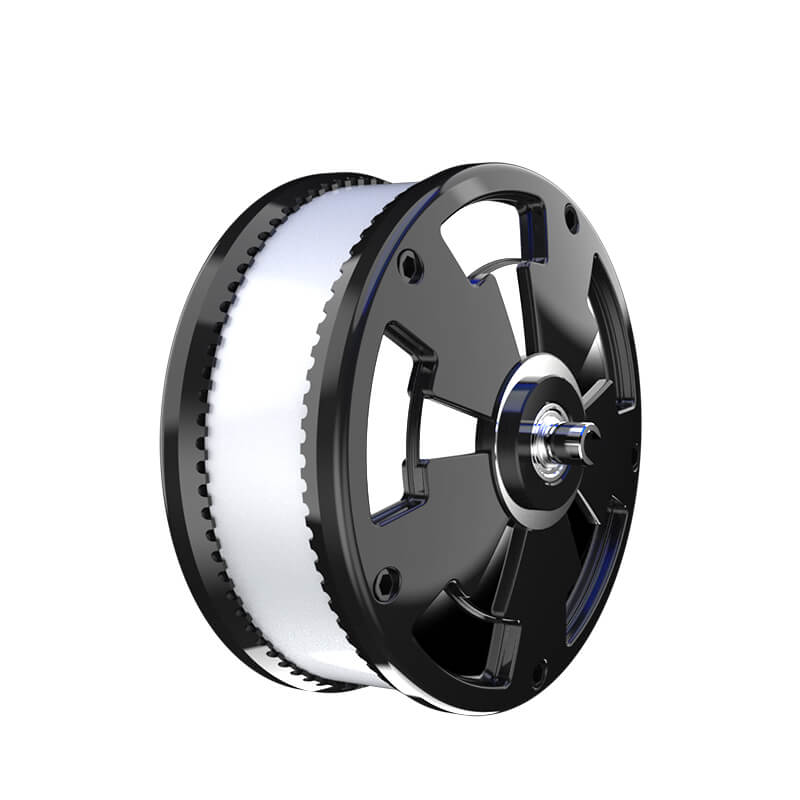Unveiling the Power Behind Precision: An In-Depth Exploration of Servo Motor Driver Circuits
In the rapidly advancing world of automation, robotics, and industrial control, servo motors have established themselves as indispensable components that drive precise movement and positioning. Whether it's robotic arms meticulously assembling electronics, camera gimbals maintaining perfect stabilization, or CNC machines carving intricate parts, servo motors are central to these technologically demanding tasks. But have you ever wondered what makes these tiny powerhouses so accurate and reliable? The answer lies in the sophisticated circuitry that controls them — specifically, the servo motor driver circuit.

Understanding the Role of Servo Motors
Before diving into the intricacies of the driver circuit, it’s helpful to understand what a servo motor does. Unlike simple electric motors, servo motors are designed for precise control of angular position, velocity, and acceleration. They operate on a closed-loop control system, which means they continuously receive feedback about their position and adjust accordingly to reach a desired target. This feedback loop is what allows for incredible accuracy and responsiveness.
Servo motors typically combine a motor (often DC or AC), a gear train, a position sensor (such as an encoder), and a control circuit. The nervous system of this arrangement is the servo motor driver circuit, which interprets signals and manages power delivery to produce exact movements.
The Anatomy of a Servo Motor Driver Circuit
At its core, a servo motor driver circuit acts as a bridge between the control input (often a PWM signal) and the physical performance of the motor. Its design can vary depending on the motor type (DC, brushless, stepper), the application, and the required precision. However, most servo driver circuits share common key elements:
Power Supply Section: Provides the necessary voltage and current for the motor. The quality and stability of this supply directly impact the performance and longevity of the servo.
Signal Processing Module: Converts control signals into appropriate formats, often involving comparators, amplifiers, or microcontrollers that interpret the incoming PWM or analog signals.
Amplification and Drive Stage: Contains power transistors, such as MOSFETs or BJTs, that switch and amplify the current supplied to the motor based on the processed signals.
Feedback Loop Components: Encoders, potentiometers, or Hall sensors detect the actual position or speed of the motor shaft, feeding this data back into the control circuitry to adjust output accordingly.
Control Techniques and Operating Principles
Most servo driver circuits rely on pulse-width modulation (PWM) signals for control. PWM offers a simple yet powerful way to encode position or velocity commands by varying the duty cycle of a digital pulse. The driver circuit interprets this duty cycle and modulates the motor current to match the desired state.
A common control algorithm employed is Proportional-Integral-Derivative (PID) control, which dynamically adjusts the voltage and current based on the difference (error) between the current position and the target. By continuously monitoring feedback, the driver ensures the motor responds quickly and maintains high precision.
Why Good Design Matters
In high-performance applications, the quality of the servo driver circuit can be the difference between smooth, accurate motion and jittery, unreliable movement. Proper design minimizes issues like overshoot, oscillation, or heat generation. It also extends the lifespan of the motor and reduces energy waste.
Switching to more advanced principles, digital servo driver circuits now leverage microcontrollers and digital signal processors (DSPs) for more sophisticated control algorithms, seamless integration with sensors, and real-time monitoring. These innovations pave the way for smarter, more adaptive systems capable of handling complex tasks with minimal human intervention.
Safety and Reliability Considerations
Designing a servo driver isn't just about performance; safety and reliability are vital, especially in industrial or medical settings. Features like overcurrent protection, thermal shutdown, and fault detection are commonly integrated to prevent damage. Proper PCB layout, component selection, and shielding ensure the circuit can operate under demanding conditions without failure.
Emerging Trends in Servo Motor Driver Circuits
The future of servo driver technology is vibrant with innovations:
Integration of AI and Machine Learning: Adaptive control algorithms can learn and predict system behavior, optimizing performance over time.
Wireless Control and Monitoring: IoT-enabled servo drivers facilitate remote diagnostics, updates, and control, revolutionizing automation workflows.
Energy-Efficient Designs: As sustainability takes center stage, low-power, high-efficiency driver circuits are becoming mainstream.
With these advancements, servo motor driver circuits are transforming into intelligent, versatile systems capable of powering the next generation of automation and robotics.
Leveraging innovations in modular drive technology, Kpower integrates high-performance motors, precision reducers, and multi-protocol control systems to provide efficient and customized smart drive system solutions.




































